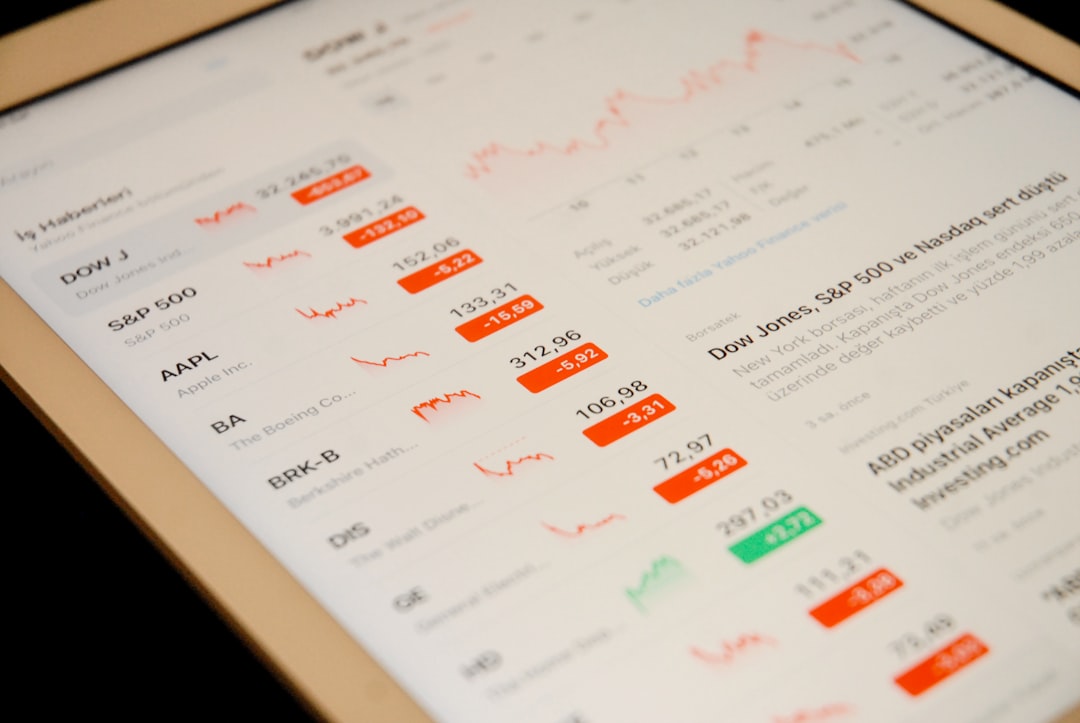
Introduction
The Chairman of Goldman Sachs has projected a resurgence in mergers and acquisitions (M&A) by 2025, fueled by stabilizing interest rates and improving economic conditions. This forecast signals a potential rebound in deal-making activity after a period of relative stagnation. For investors, understanding the trends in corporate finance and strategic decisions will be essential to capitalizing on this wave.
Key Drivers Behind the Prediction
Economic Stability:
Anticipated stabilization of interest rates could reduce the cost of borrowing, encouraging companies to pursue acquisitions.
Improved market sentiment is likely to support equity-based deals.
Sector-Specific Dynamics:
Technology, healthcare, and energy are expected to dominate the M&A landscape as companies seek innovation and sustainable growth avenues.
Consolidation trends in these industries often lead to synergistic benefits, enhancing shareholder value.
Private Equity Influence:
With significant dry powder available, private equity firms are poised to play a pivotal role in driving transactions.
These firms may target undervalued companies, taking advantage of current market conditions.
Financial Insights
Understanding how M&A impacts corporate financial health is critical for investors. Tools like the Full Financials API offer comprehensive data on company income statements, balance sheets, and cash flow statements, aiding in the evaluation of acquisition targets and their financial viability.
Recent Trends in M&A Activity
Global Decline in 2023-2024: Economic uncertainty and high borrowing costs slowed deal-making activity.
Shift Toward Strategic Acquisitions: Companies are now focusing on acquiring core capabilities rather than diversifying portfolios.
Cross-Border Transactions: Emerging markets are becoming hotspots for investment, driven by growth potential and untapped opportunities.
Implications for Investors
Opportunities in Target Companies:
Stocks of potential acquisition targets often experience a price surge following deal announcements.
Investors can leverage insights from industry data to identify likely candidates for M&A.
Valuation Adjustments:
Acquiring firms may see temporary dips in valuation due to integration costs but can benefit in the long term from expanded capabilities.
To track these valuation shifts, the Price Target API provides updated analyst expectations, helping investors anticipate market movements.
Sector-Specific Strategies:
Focus on industries highlighted for M&A growth, such as technology and healthcare.
Diversify holdings to mitigate risks from failed deals or prolonged integrations.
The Road Ahead
As we approach 2025, deal-making is expected to rebound significantly. Economic clarity, technological advancements, and industry-specific pressures will drive the next wave of M&A. Investors should closely monitor announcements, earnings reports, and regulatory updates to position themselves advantageously.
Conclusion
Goldman Sachs’ outlook for a resurgence in M&A activity offers a promising opportunity for businesses and investors alike. Staying informed and leveraging financial data tools can help stakeholders navigate the complexities of deal-making in this evolving landscape.
